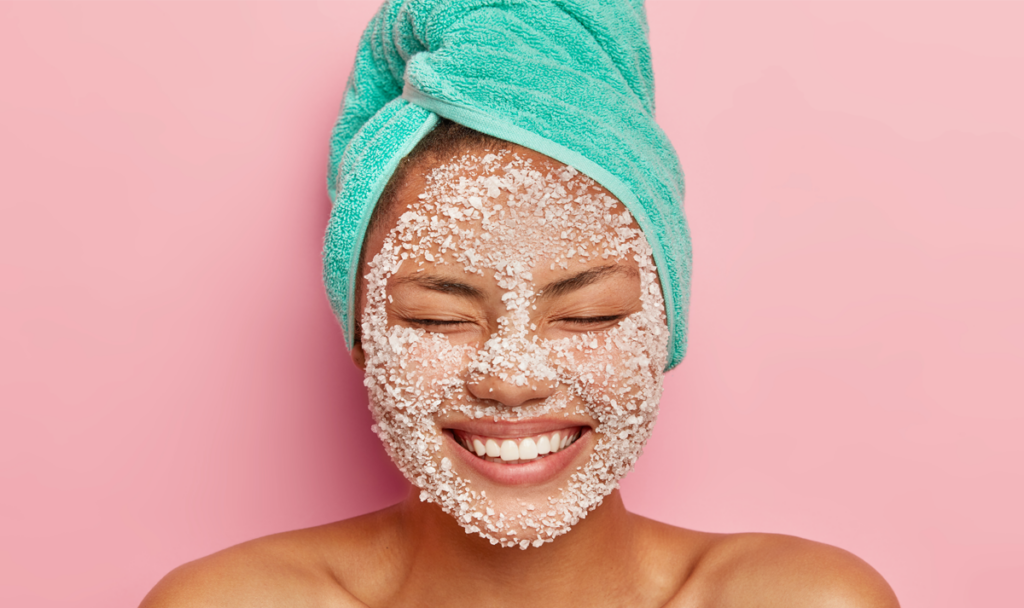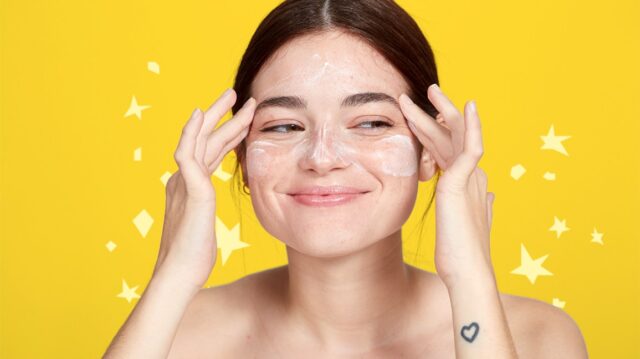Taking care of ourselves comes in a wide variety of ways. From eating healthy and exercising to pampering ourselves and relaxing, it is all a part of the recipe for a long and happy life. Finding what suits us best is how we remain fulfilled and content for a long time, but it is not always that easy to pinpoint everything.
When it comes to personal hygiene and daily routines, things are or at least should be a bit easier than those larger things like working out and eating a healthy diet. It is a necessity but also a pleasure. Who doesn’t like a hot batch, a steaming shower, or using all sorts of products to make their skin and hair soft, gentle, and healthy?
The beauty industry is a very diverse one with all sorts of cosmetics to offer. Customers often find it difficult to pick a single product because of the sheer amount of choice on the shelves. However, in the end, it does not matter that much because most of them do their job. When your own daily routine is in question, it is far more important what type of products you use than the brand that you pick.
In this article we will help you with this by talking two of the most popular face care products today, or rather two distinct things forms of care. The first is the famous clay mask, and the second is the ever-important exfoliating. What do you know about them? Do you use them? Most importantly, do you know which of them comes first and whether it matters? Of course it does, so join us as we explore this important topic.
What is a Clay Mask?

While it may seem pretty obvious from its very name, clay masks are more than just face masks that make use of clay to in some way help the skin of the face get healthier and appear younger. They are made from different types of clay that can absorb bacteria and oils that are commonly present on the face from everyday exposure.
The result is a clear, clean skin that feels gentle and smooth to the touch and that looks much fresher. Clay masks can also help the customers treat their acne and give their skin youthfulness by helping with wrinkles. Types of clay masks include kaolin, bentonite, French green, fuller’s earth, and rhassoul clays. Each has its own uses and each helps in a different way. What is true for all of them is the basic principles of how they are applied and why they work.
They are made of minerals that are good for the skin. Once you apply the clay, it binds to the impurities in the skin, like oil, bacteria, and dirt, and pulls them out. When the clay dries a bit and when you wash it away by rinsing, all the impurities are washed away too and you are left with clean skin. The cleaning done is quite deep and it takes a few days before your skin starts to absorb new layers of impurities. Apart from the cleansing itself, blood flow beneath the skin is also promoted brining more blood and helping the skin heal faster. With many benefits and the only downsides being sensitive skin irritation, clay masks are an immensely popular solution for anyone looking to enhance their daily care routine. If you want to try out a great one, make sure to check out whipped exfoliating clay mask.
What is Exfoliating?

To exfoliate means to wash or rub, at least in the context of body care. Otherwise it means shedding material in scales or layers, which is not too far from the explanation in the beauty industry either. If there was a definition to be had, it would be something along the lines of washing and rubbing the skin with granular substances in order to remove dead skin cells. Using a granular product to massage and rub at the outer layers of the skin while showering or washing the face feels great and it does great things for the skin.
Face exfoliation is a very popular skincare routine because it makes room for fresh new cells to replace the dead skin cells faster and more optimally. Dead cells do not shed completely on their own, which can give you dry skin and flaky patches, or even clogged pores. Exfoliating once a week or so helps combat this in the best way possible. Apart from products, good exfoliation results can be achieved with coffee grounds mixed with essential oils for a more natural mixture. Physical exfoliation also works, where you do not need any product, only a bathing sponge, a scrub, a rush, or a loofah.
So Which Should Come First?

Alright, so there are two amazing face care routines to make use of here. Now it is time to talk about doing both of them. Which one comes first and does it make any difference? For the most logical approach and the best results of the overall care, you should make sure to always exfoliate before putting on a mask. And this is true for any type of mask, not just clay masks. Since exfoliators take off the layers of dead and dried out skin cells, the mask will come in contact with the fresh and new cells. When applied, it has the maximum effect on the new healthy skin without anything obstructing it.
In terms of how often to exfoliate, the best average is 2 or 3 times per week. You can use the clay mask on the same day when you exfoliate of course, right after you have dried your face. The benefits of both are maximized when used like this as a one skin care routine. If you make sure always to put on a clay mask after exfoliation, doing it once per week could also give you great results. Lastly, if you want to put on a softer mask before a clay mask, just insert the step between exfoliation and clay mask application.




